Zero-Party Data: The Art of Asking People for Their Data Instead of Just Taking It
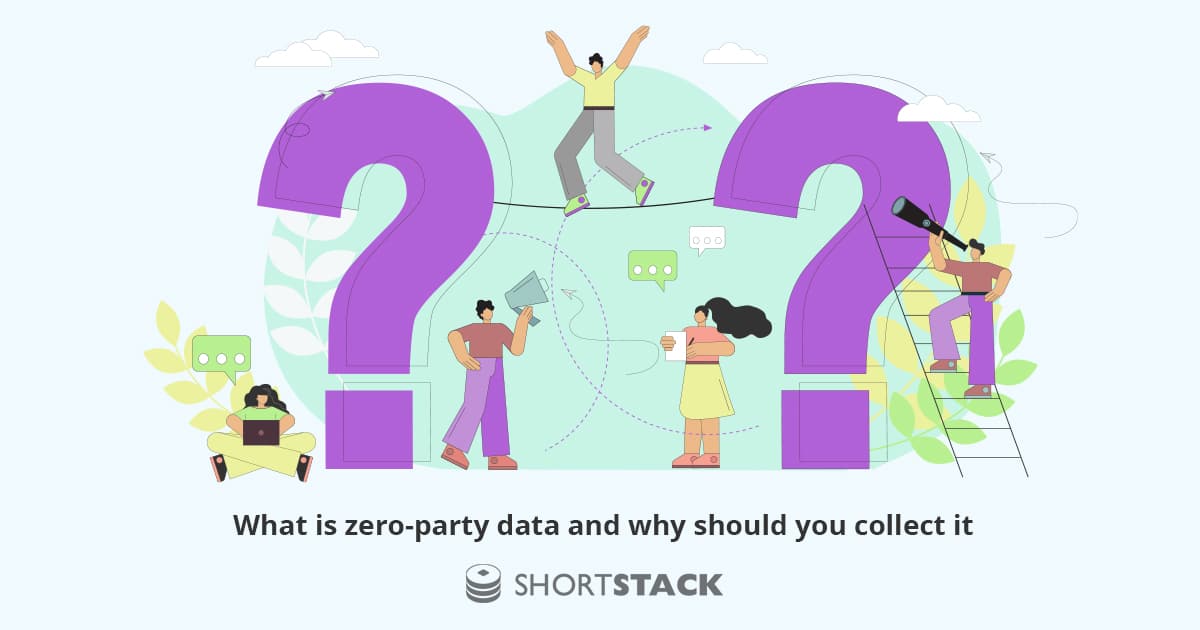
Learn about zero-party data and why it's important for marketers to collect it directly from customers through various methods like quizzes and sign-up forms.
As marketers, we’re constantly trying to learn more about our customers. However, how do you collect data in a way that’s transparent? I don’t know about you, but I think it’s kind of creepy when I see ads for the shoes I was browsing pop up on Google. Similarly, it’s annoying to get email after email about front door mats after I already made a purchase elsewhere or decided against buying one.This onslaught of unintentional data sharing feels like an intrusion of privacy, and it ends up being counterproductive for the companies trying to target customers in this way. But we still want data, so how do you get it? Here’s a novel idea – ask! That’s where zero-party data comes in.
What is zero-party data and why should you collect it
According to Forrester Research, “zero-party data is that which a customer intentionally and proactively shares with a brand.” Essentially, this is data that you ask the customer for, and they willingly provide. The data is collected right there in front of the customer, instead of without them knowing like is so often the case with customer data collection.Before diving into zero-party data collection, it’s important to know about other types of data. You might be more familiar with first-party and third-party data which is data collected without a customer’s knowledge. Consider what I mentioned earlier in this post about advertising and emails reflecting products I was viewing on a website. These ads and emails were likely generated based on first-party data collected on the site.In the context of customer data collection, first-party data is information collected when someone interacts with your website. This might be content viewed, clicks, amount of time on specific pages, and so on. In my example, first-party data collected from me were the products I viewed. By tracking someone’s behavior on a website, marketers can attempt to guess what that individual’s intent is. Marketers then create “personalized” promotions based on these inferred intentions. However, these inferences aren’t always correct.Another common source of data is third-party data. This is data provided to marketers by other sources. This is often in the form of demographic data, like location, income and gender. It might even go as far as purchasing habits or intentions to buy collected from other websites. Just like first-party data, people whose data is being collected (and sold) don’t necessarily know that you have their information. Likewise, although you have information about a customer, that doesn’t mean the assumptions you make from this data are correct.On the other hand, zero-party data is collected first hand. This could be anything. You might request information from a customer via fields on a form. Otherwise, you could ask them to choose their preferences when setting up a profile on your website or have them take a quiz to get to know them better. The real difference with zero-party data is that the customer provides the information on their own terms, and they’re aware they are providing you with it, unlike first-party and third-party data.
How to collect zero-party data
There are a lot of ways to collect zero-party data. Some of the most popular are as follows:
Personality quizzes
Personality quizzes that reveal a suggestion based on someone’s likes or mood are fun for your customers and provide a trove of information about them. For example, Hulu’s “What Should I Watch” quiz asks quiz takers a few questions about the type of shows they like or are in the mood for, then makes a recommendation at the end. Hulu could then use this information to make additional recommendations down the road.
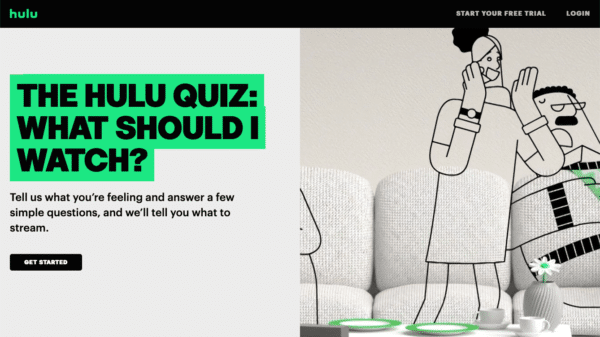
Sign-up forms
Ask people to provide you with relevant information when they sign up for an account. You might ask for demographic information, preferences or something else that will help you get to know them. Stitch Fix asks three simple questions before someone signs up for an account. These questions help the company learn what this new customer might benefit from the most with their service.
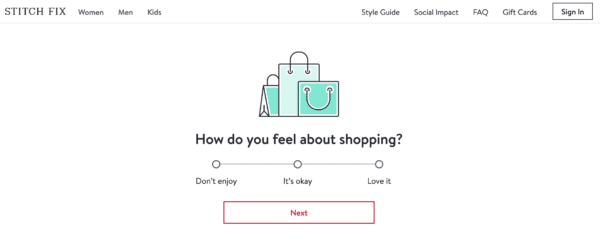
Contests
Hosting contests that include forms allow you to collect information from entrants before they can be submitted. In their instant win contest, Motherhood Maternity asked entrants for their due date and their address. This information helps Motherhood Maternity send appropriate information to new mothers and moms-to-be based on where they are in their motherhood journey.
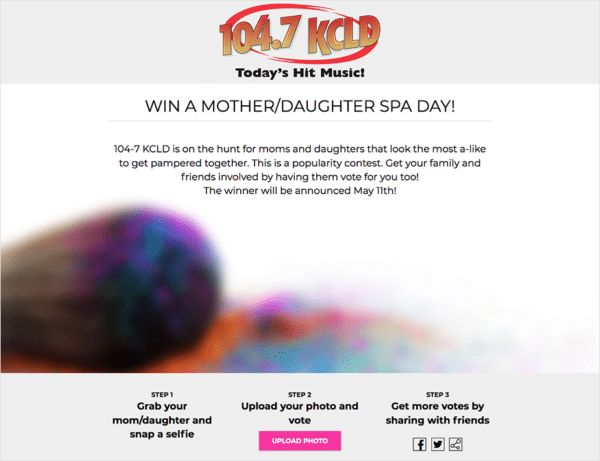
Product selection quizzes
Like personality quizzes, product selection quizzes reveal suggested products based on a series of questions. These questions tend to be related to the type of product someone is looking for. Check out Sephora’s skincare quiz (I’ve taken this quiz SEVERAL times). The questions help narrow down the product selection on their website to find those that fit what the customer is looking for. This helps to cut the time it takes customers to make a purchase.
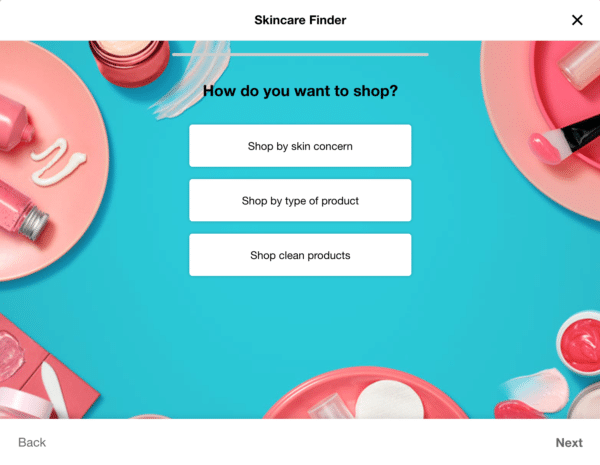
Account profiles
Account profiles are a natural place for your customers to provide information to your business. Ask account holders to add information that will help you create a personalized experience so they can see the products and services they are most interested in. Home Depot’s preferences section of their website allows customers to choose their interests and provides ways for them to self-select the offers and emails they’d like to receive.

Now that you know what zero-party data is and how to collect it, it’s time to get started. ShortStack lets you choose the fields you want to include in your forms so you can collect the information you need from participants. You can learn more about our form designer in our help documentation. Otherwise, feel free to set up a call with our sales team or shoot our support team a message: theteam@shortstacklab.com.




